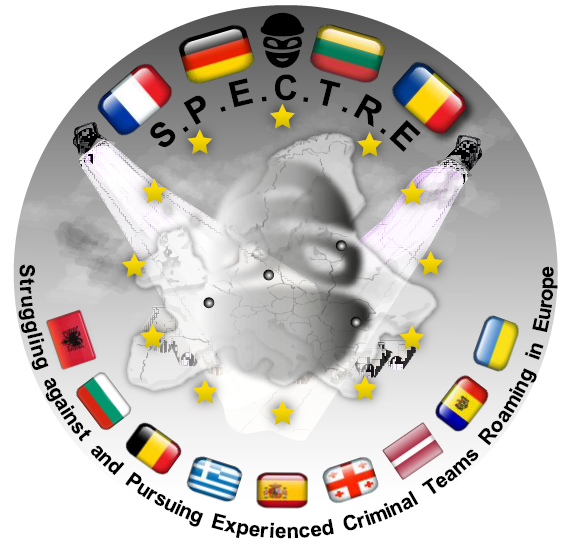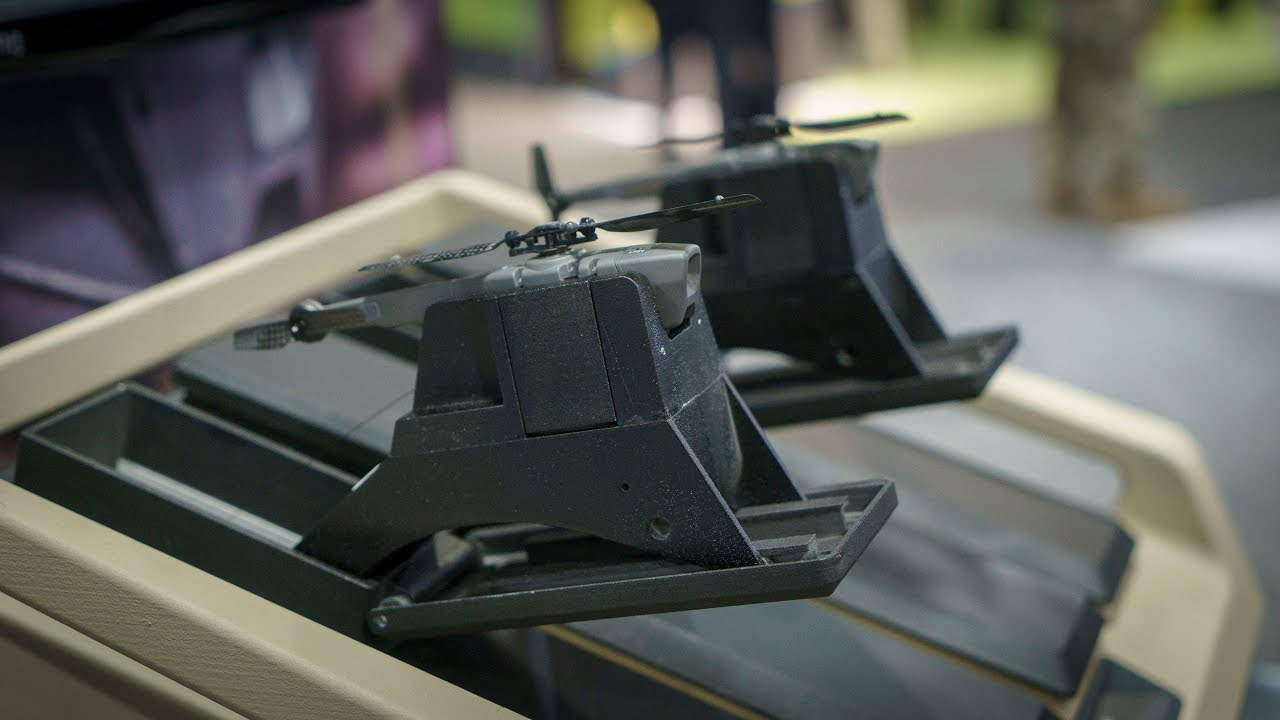Police forces from 34 countries have been investigating criminal networks in South Eastern Europe since 2017, money comes from the Internal Security Fund of the European Union. In addition to all kinds of espionage and wiretapping technology, they also pay informers.
For undercover investigations, European police forces use miniaturized surveillance technology, but usually remain extremely secretive about how it works. Since 2017, spy cameras, pocket microphones, mini drones and other equipment have also been procured through an EU project. This is why the European Commission had to provide details of the small devices in response to a parliamentary question.
Together with the French Gendarmerie Nationale and the Lithuanian Criminal Police, the German Federal Criminal Police Office (BKA) is heading the EU project “Struggling against and Pursuing Experienced Criminal Teams Roaming in Europe” (SPECTRE), which is financed by the Commission with more than 800,000 Euros within the framework of the Internal Security Fund. The project was preceded by Council Conclusions on the fight against and dismantling of so-called “mobile organised criminal groups” of 2016, which refer to systematic domestic burglaries suspected to be the work of networks from South Eastern Europe. For this reason, the Romanian criminal police is involved in SPECTRE as a “privileged partner”.
Nano drones for police raids
Member States were called upon by the Council to use “new technology of predictive policing” and to “further improve” them. 228,000 Euros, more than a quarter of the budget, will therefore be allocated to the acquisition of miniaturised surveillance technology. The police forces in SPECTRE have used the money to purchase five “high-tech cameras”, four “high-tech drones”, eight small microphones, 40 GPS tracking devices, jammer detectors and unspecified “phone analysis software”.
Little is known about the manufacturers and models of the individual applications. Two of the four “high-tech drones” are so-called nano-drones of the “Black Hornet” type, which are mostly used in military surroundings. Police special units can employ them, for example, during a raid in indoor areas to find out whether people are hiding there. A complete “Black Hornet” system, which also contains a control unit and a display, costs up to 50,000 dollars.
BKA keeps tracking devices

The equipment procured in SPECTRE is stored at the project partners in France, Germany, Lithuania and Romania, while some of the tracking devices and jamming detectors remain with the German BKA. Funds from the project also flow to third countries if they participate in cross-border investigations. Their number is surprisingly high; the French Gendarmerie lists more than 34 countries involved. According to the Council conclusions, the exchange of information will take place via the European Prüm network.
“Support” also comes from Europol. The more than 300 investigators in SPECTRE can use the Europol Information System or exchange information via the encrypted SIENA network. Europol also runs the “Furtum Analysis Project”. This is a file containing personal data on organised property crime, including serious burglary, armed robbery, vehicle crime, metal theft or organised pickpocketing.
The tracking devices in SPECTRE might also be coordinated through Europol. The Police Agency has managed a pilot project on a “European Tracking Solution” (ETS), in which police forces from Germany and France also participated. Using software installed at Europol, those involved can access the geopositioning data of the devices across borders. In 2018 Europol wanted to set up a “beta version” for “up to twelve European partners”.
35,000 Euros for informers
The police authorities involved in SPECTRE do not only rely on new technology. In the project, the EU Commission pays a total of 35,000 Euros for the remuneration of informers. It is unclear whether these spies are only paid by police or whether secret services are also involved in the investigations.
According to the EU Commission, 43 criminal groups have been dismantled and 450 suspects were arrested in the course of cross-border operations in the framework of SPECTRE. Assets of more than 12 million Euros were involved. In SPECTRE, assets of more than 12 million Euros had been confiscated. The project will end in June, then the parties involved will presumably think about its continuation.
Image: In SPECTRE, two nano-drones were procured. The aim of the EU project is to test new surveillance technologies (all rights reserved FLIR Systems on YouTube, Screenshot).





Leave a Reply